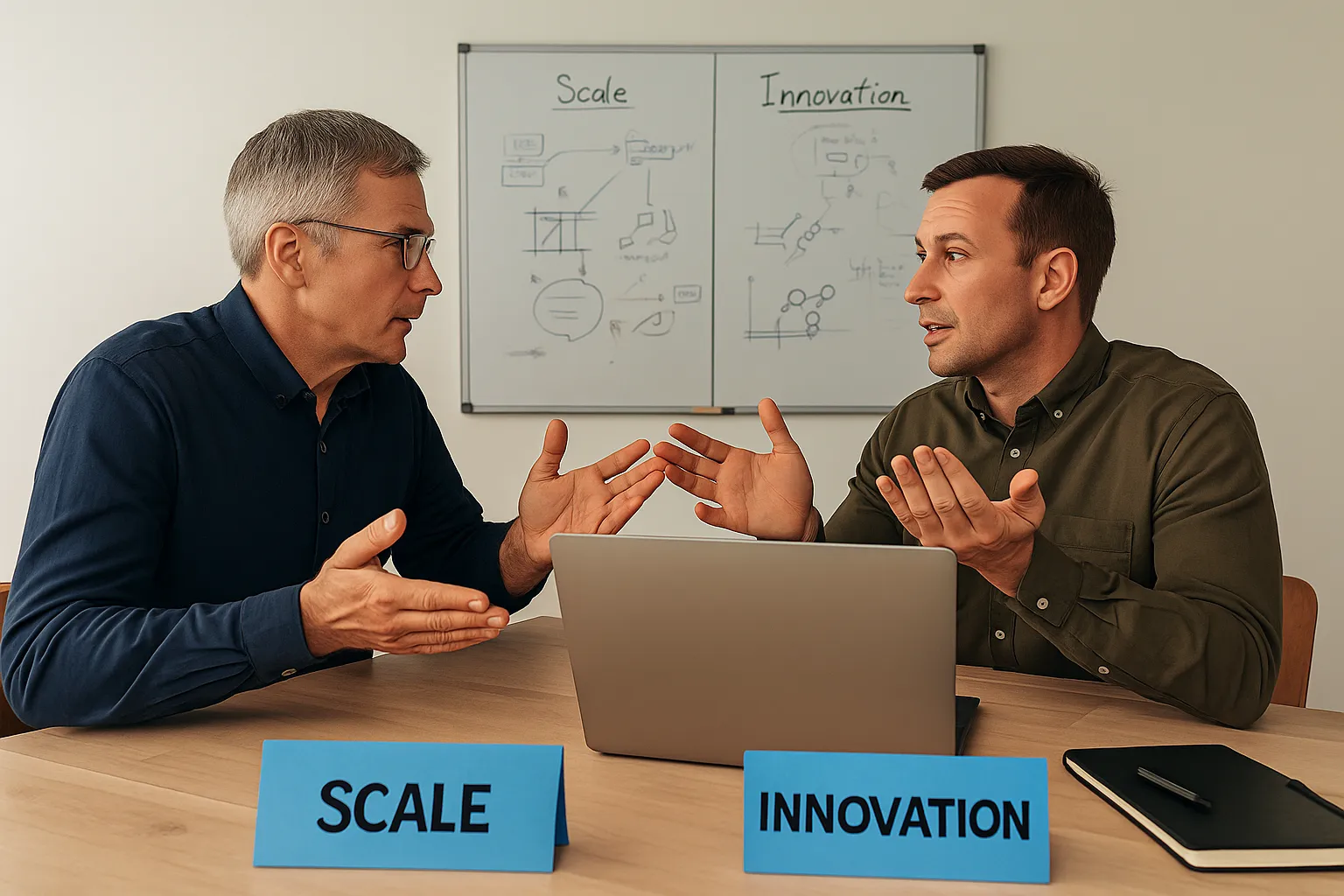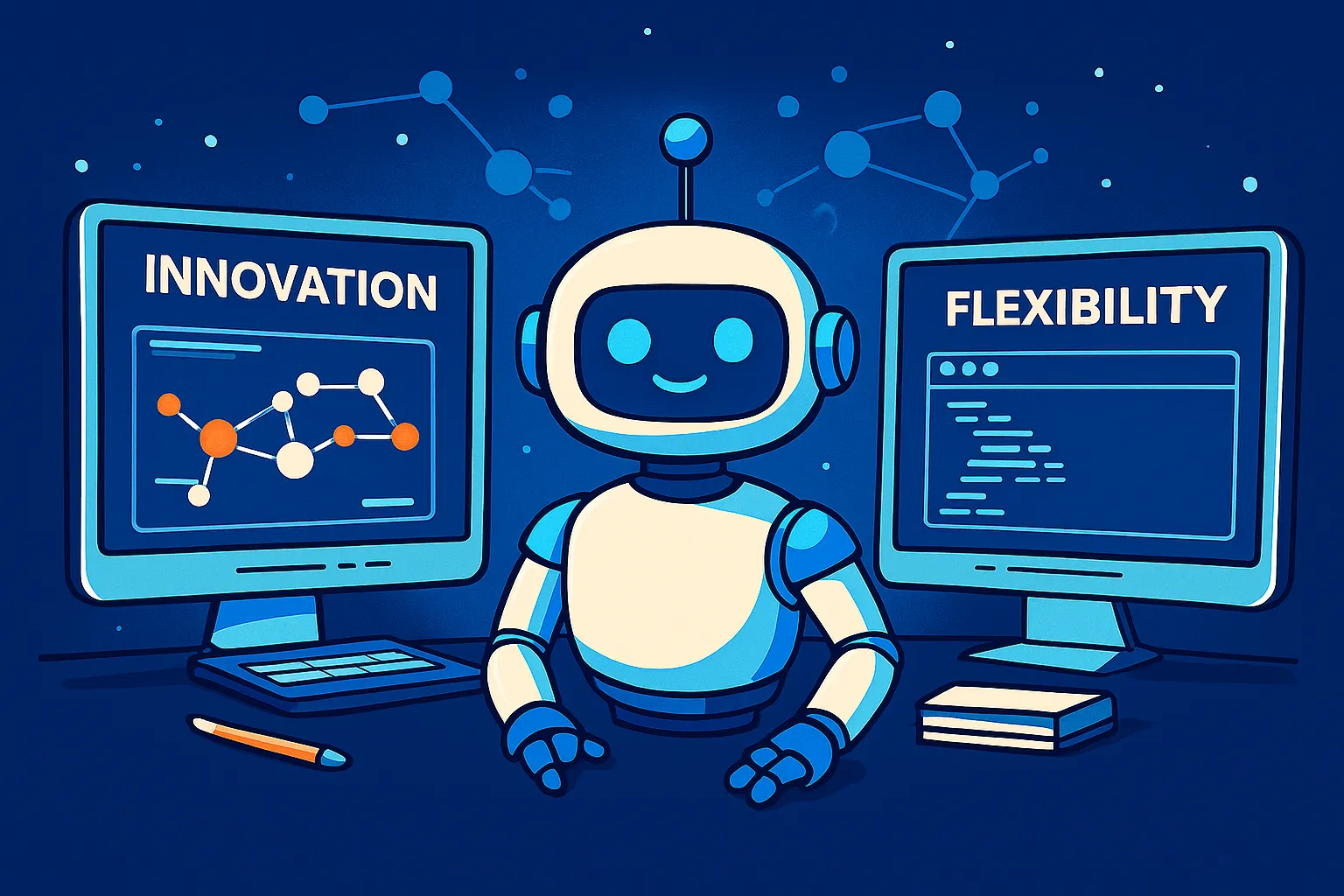Feature Stores Emerge as the New Infrastructure of Machine Learning

As artificial intelligence moves from experimentation to large-scale deployment, organizations are seeking ways to make machine learning more reliable and repeatable. Out of this need, feature stores have emerged as a new layer of infrastructure. A feature store is designed to centralize the creation, storage, and sharing of data features that models use to learn and predict. Instead of each team engineering features in isolation, the store becomes a shared resource, offering a catalog of prebuilt components ready for use across different projects.
This approach is framed as a breakthrough in the effort to industrialize AI. Just as cloud platforms standardized storage and computing, feature stores aim to standardize the building blocks of machine learning. Companies promoting them emphasize scalability, consistency, and governance, arguing that without such systems the promise of enterprise-wide AI will remain fragmented. The narrative positions feature stores as the missing link between research and production, turning the craft of data science into a structured process that organizations can trust at scale.
Standardization Promises Efficiency, Consistency, and Faster Experimentation

Proponents of feature stores argue that their greatest strength lies in their ability to standardize the messy and repetitive work of feature engineering. In many organizations, data scientists spend a significant portion of their time creating features from raw data, often duplicating work that colleagues have already done in other projects. A feature store reduces this waste by providing a central repository where validated features can be discovered, reused, and adapted with minimal effort. This saves time while reducing the risk of errors that can arise when the same features are implemented in multiple ways.
Beyond efficiency, feature stores also promise consistency. When teams rely on the same definitions of features, models can be compared more reliably, and results are easier to reproduce. Executives view this as essential for scaling machine learning across business units, since governance and trust become more manageable. For innovators, the attraction is that faster access to reusable building blocks accelerates experimentation. The ability to test new models quickly without rebuilding the same foundations is positioned as a competitive advantage. In this narrative, standardization does not slow creativity but creates the conditions where innovation can scale.
Centralization Risks Creating Bottlenecks That Limit Agility

The very standardization that makes feature stores appealing can also create new challenges. When all features flow through a centralized system, approval processes and governance layers can slow down teams that want to experiment quickly. Data scientists who once had the freedom to engineer features on the fly may find themselves waiting for validation, documentation, or compliance reviews before they can move forward. What was intended as a tool for acceleration can begin to resemble a bottleneck.
This tension is particularly visible in fast-moving organizations where speed is a core competitive advantage. The promise of efficiency can be overshadowed by the frustration of navigating centralized controls that do not match the pace of experimentation. Some teams may even bypass the feature store entirely, creating shadow processes that undermine the very consistency the system was meant to deliver. These dynamics reveal a paradox: while feature stores aim to eliminate duplication and waste, they risk imposing rigid structures that limit the creative flexibility data scientists rely on. The perception of constraint can shift the narrative from empowerment to restriction, raising doubts about whether feature stores truly serve innovation.
The Tension Between Control and Creativity Defines Feature Store Adoption

Adopting a feature store often sparks debate within organizations because it forces a choice between two competing priorities. On one side, leaders emphasize the need for governance, reproducibility, and shared standards. On the other side, data scientists value speed, independence, and the freedom to design features without constraints. This friction is not accidental but inherent to the logic of feature stores. They are built to impose order on what was previously a fragmented process, and that order inevitably comes with tradeoffs.
For executives, the benefits of control are hard to ignore. Consistent features reduce compliance risks, make collaboration easier, and create a foundation for deploying AI responsibly at scale. Yet for practitioners, the same controls can feel like obstacles that dilute the creative process. The outcome is often a negotiation, where the adoption of feature stores is shaped by organizational culture and leadership priorities. Some companies lean toward discipline, others allow flexibility, and many attempt to balance both. The defining characteristic of feature store adoption is this ongoing struggle to reconcile structure with freedom, reflecting the broader challenge of scaling AI without undermining the innovation that drives it.
Feature Stores Reflect the Broader Struggle Between Scale and Innovation

The debate around feature stores mirrors a larger challenge faced by organizations trying to industrialize artificial intelligence. As companies move from isolated experiments to enterprise-wide systems, they must balance the efficiency of scale with the freedom of innovation. Standardized infrastructure such as feature stores is designed to enable thousands of models to be developed, deployed, and monitored reliably. This industrial approach promises stability and trust, qualities that are increasingly critical as AI systems influence business decisions and customer experiences.
At the same time, innovation rarely thrives in rigid structures. Breakthroughs often come from experimentation, iteration, and unconventional approaches that fall outside standardized processes. The centralization of feature engineering can limit the space for this kind of creativity. The challenge is not simply technical but cultural. Organizations must decide how much to prioritize efficiency versus flexibility, and their choices reveal broader philosophies about how AI should evolve. Feature stores, in this sense, become symbolic of the broader struggle: whether to prioritize predictability for the enterprise or preserve space for the disruptive potential that makes artificial intelligence compelling in the first place.
The Future of Feature Stores Depends on Balancing Governance With Adaptability

Feature stores will likely remain central to the way organizations approach machine learning at scale. Their ability to create consistency, ensure compliance, and accelerate collaboration makes them valuable infrastructure for enterprises seeking to embed AI deeply into operations. Yet their future success depends on how well they can balance governance with adaptability. A system that enforces order without leaving room for flexibility risks alienating the very practitioners who drive innovation.
The challenge for leaders is to design feature store strategies that protect against duplication and chaos while still empowering creativity. This requires technical solutions, such as modular architectures, but also cultural approaches that encourage open experimentation alongside structured workflows. If organizations succeed in achieving this balance, feature stores can become enablers rather than gatekeepers. Their role will then extend beyond standardization, supporting an ecosystem where efficiency and innovation reinforce each other instead of competing for priority.
How secure are H-in-Q’s solutions?
All tools are GDPR-aligned, privacy-first, and built with encrypted pipelines.
Do you build custom AI models?
Yes. We fine-tune models (NLP, prediction, segmentation) for each client’s vertical.
Can clients access dashboards directly?
Absolutely. All outputs are dashboard-ready and integrate with BI tools like Power BI or Tableau.
What languages are supported?
Our solutions engage in 45+ languages with automatic detection and semantic consistency.
How fast can we deploy a solution?
Most go live within days thanks to plug-and-play connectors and modular architecture.
What happens to client data?
Data stays secure, used only for model training and processing, with full transparency and client control.
References
- Feature Stores Explained (Medium)
- The Feature Store Advantage for Accelerating ML – JFrog Blog
- What Is a Feature Store? – Tecton Blog
- Managing ML Pipelines: Feature Stores and the Coming Wave of Embedding Ecosystems – arXiv
- Feature Store for Machine Learning: Definition, Benefits – Snowflake
- https://h-in-q.com/analytics/
- https://h-in-q.com/blog/



